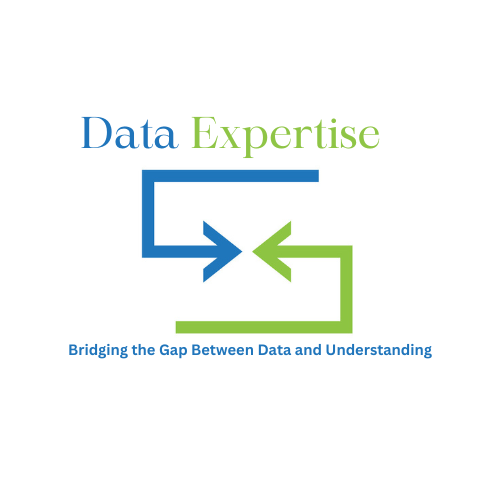In today’s digital age, data is ubiquitous, and its significance cannot be overstated. Whether you’re a business professional, a student, or simply someone curious about the world of data, understanding the basics of analytics is a valuable skill.
What is Data Analytics?
At its core, it’s the process of examining, cleaning, transforming, and interpreting data with the goal of discovering meaningful insights, making informed decisions, and supporting various objectives. This field is like a powerful magnifying glass, allowing you to scrutinize data to uncover hidden patterns, trends, and information.
Why Data Analytics Matters
Data analytics offers a multitude of benefits, making it a critical tool in various domains:
- Informed Decision-Making: In a data-driven world, decisions based on facts and evidence are more likely to succeed. Data analytics empowers individuals and organizations to make choices grounded in data.
- Problem Solving: Data analytics is a problem-solving tool. It helps identify issues, explore potential solutions, and assess their effectiveness through data-driven experimentation.
- Optimizing Operations: For businesses, data analytics can enhance efficiency and productivity by identifying bottlenecks, resource wastage, and opportunities for improvement.
- Understanding Trends: By analyzing data, you can gain insights into trends, customer behaviors, and market dynamics, helping you stay ahead of the curve.
The Data Analytics Process
Data analytics is not a single-step operation; it involves a series of stages:

- Data Collection: The process begins with gathering data from various sources. This can include structured data from databases, spreadsheets, or unstructured data like text or images.
- Data Cleaning: Raw data is rarely pristine. It often contains errors, missing values, or inconsistencies. Data cleaning is the process of identifying and rectifying these issues to ensure data quality.
- Data Analysis: Here, data analysts explore data to identify patterns, trends, and relationships. This step involves various statistical and data mining techniques.
- Data Visualization: To communicate their findings effectively, analysts use data visualization tools like charts, graphs, and dashboards to present insights in a visual and understandable manner.
Types of Data Analytics
Data analytics encompasses several types, each with its own focus:
- Descriptive Analytics: This type focuses on summarizing historical data to provide a snapshot of past events. It helps answer questions like “What happened?”
- Diagnostic Analytics: Diagnostic analytics delves deeper into data to understand why certain events occurred. It helps identify the causes of past outcomes.
- Predictive Analytics: Predictive analytics uses historical data to build models that forecast future events or trends. It can help answer questions like “What is likely to happen next?”
- Prescriptive Analytics: The most advanced form of analytics, prescriptive analytics not only predicts future events but also provides recommendations on what actions to take to achieve desired outcomes.
- Text Analytics (Text Mining): Text analytics involves extracting valuable insights from unstructured text data, such as customer reviews, social media posts, or news articles.
- Web Analytics: Web analytics deals with the measurement and analysis of web data, including website traffic, user behavior, and online marketing performance. It helps businesses optimize their online presence and marketing strategies.
- Fraud Analytics: Fraud analytics uses data to detect and prevent fraudulent activities. It’s employed in finance, insurance, and e-commerce to identify and mitigate fraud risks.

Each of these analytics types serves specific purposes in different industries and domains, contributing to better decision-making, problem-solving, and overall business or organizational success.
Getting Started with Data Analytics
If you’re interested in diving into analytics, here are some steps to consider:
- Learn the Basics: Familiarize yourself with fundamental concepts, terminology, and statistical methods.
- Tools and Software: Explore data analytics tools like Microsoft Excel, Google Sheets, or open-source software like Python and R.
- Online Courses: Numerous online platforms offer courses and tutorials on data analytics, catering to various skill levels.
- Practice: The best way to learn data analytics is by doing. Work on small projects, analyze datasets and apply what you’ve learned.
- Stay Curious: The world of data analytics is constantly evolving. Keep up with industry trends and new technologies to enhance your skills.
In conclusion, data analytics is an exciting field that empowers individuals and organizations to make data-driven decisions. This introductory overview provides a glimpse into the world of analytics, but there’s much more to explore and learn as you embark on your journey into this dynamic and rewarding field.


Leave feedback about this